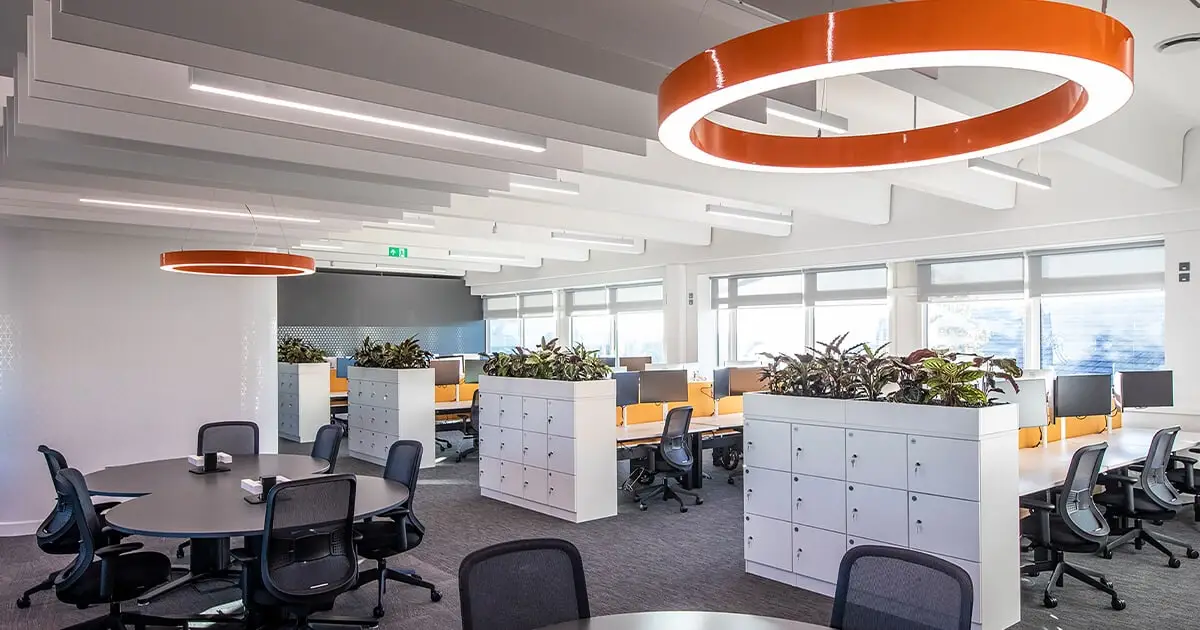
Workplace Lighting Regulations in the UK: Ensuring Safety and Productivity
Learn about UK workplace lighting regulations ensuring safety and productivity. Explore types and standards for effective, compliant lighting solutions.
High bay lights are more than just luminous fixtures; they play a pivotal role in illuminating vast industrial spaces. Designed to be hung at elevated heights, these lights ensure that every corner of large areas, like warehouses or manufacturing plants, receives adequate light. As the name suggests, ‘high bay’ lights are optimized for tall ceilings, where regular lights might falter in terms of reach and intensity.
In this article, we’ll delve deeper into the world of high bay lighting, understanding their significance and how they have become an indispensable part of modern industrial settings. Whether it’s a factory floor or a sprawling storage facility, high bay lights are the silent champions, keeping operations bright and visible.
High bay lights stand as crucial lighting solutions, especially tailored for expansive spaces with ceiling heights surpassing 20 feet. Let’s explore what makes these lights stand out and how they differ from their counterpart – the low bay lights.
High bay lights are specifically designed lighting fixtures meant for spaces with high ceilings, typically ranging from 20 feet to 45 feet or even higher. These lights are not only powerful but are also engineered to distribute light evenly across large areas, ensuring no dark spots. Key features include:
Broad Light Distribution: Their unique design ensures light is cast over large spaces without being too intense or causing glare.
Heat Dissipation: Given their prolonged usage in industrial settings, these lights come equipped with features that allow for effective heat dissipation, prolonging their lifespan.
Energy Efficiency: Modern high bay lights, especially those using LED technology, are known for their energy efficiency, ensuring quality illumination without exorbitant energy bills.
While high bay lights are optimized for vast spaces with tall ceilings, low bay lights cater to areas with ceiling heights typically below 20 feet. Here’s a breakdown of their differences:
Intensity and Coverage: High bay lights are crafted to cover large areas, producing intense light suitable for tall ceilings. In contrast, low bay lights provide softer lighting suitable for closer, more immediate spaces.
Placement: High bay lights are often hung from ceilings using chains or pendants, while low bay lights might be directly affixed closer to the workspace.
Applications: High bay lights find their use in large spaces like warehouses, manufacturing units, and gymnasiums. On the other hand, low bay lights are more common in smaller settings like shops, homes, or smaller storage facilities.
Together, high and low bay lights cover the spectrum of spatial needs, ensuring every space, big or small, is well-lit and functional.
High bay lights have been a game-changer in industrial lighting, offering a blend of efficiency, durability, and impeccable illumination. Let’s delve into the primary advantages of these powerful lights.
One of the standout features of high bay lights is their ability to produce bright and even illumination. Thanks to their design and placement, they cast light from a height, ensuring that every nook and cranny of vast spaces like warehouses or manufacturing units is well-lit. Unlike other lights that might create shadowy areas or uneven brightness, high bay lights maintain a consistent level of illumination, which is crucial for both work efficiency and safety in industrial settings.
In an age where sustainable practices are not just encouraged but often mandated, the energy efficiency of high bay lights shines through. Especially with the advent of LED technology, these lights consume significantly less electricity than their older counterparts, such as halogens or fluorescents, while still producing superior light quality. This not only translates to reduced energy bills but also contributes to a smaller carbon footprint, making them an eco-friendly choice.
Industrial environments can be demanding. They require equipment, including lighting fixtures, that can withstand the rigors of daily operations.
High bay lights are built for this challenge. With features like effective heat dissipation, resistance to dust, and robust housing, they’re designed to last. This durability ensures that not only do these lights require minimal maintenance, but they also offer an extended lifespan, making them a cost-effective solution in the long run. Their ability to endure challenging conditions without frequent replacements or repairs further cements their place as a staple in industrial lighting.
Properly installed high bay lighting reduces glare, a common source of eye strain and temporary vision impairment. By evenly distributing light and minimizing harsh reflections, these fixtures enhance worker comfort and safety, especially around machinery and detailed tasks.
Beyond the interior, high bay lighting also enhances security around the perimeter and in outdoor areas of industrial sites. Adequate lighting deters trespassers and helps prevent unauthorized access and vandalism. It also improves the quality of surveillance footage, making it easier to monitor and respond to security breaches. The presence of well-placed, high-intensity lights around the exterior can make a significant difference in securing a facility and protecting both assets and personnel.
High bay lights are revered for their unmatched efficiency and potency. When installed correctly, they optimize their performance. Conversely, incorrect placement might lead to inadequate lighting or unnecessary energy consumption.
High bay lights are specifically designed for spaces with high ceilings, typically 20 feet or above. The exact positioning plays a pivotal role in ensuring even illumination across expansive areas. This reduces the chance of shadowing or dim spots.
Spacing between these lights is equally important. If they’re placed too closely, it can cause overlit sections, resulting in wasted energy. Conversely, spacing them too far apart can lead to patchy lighting. Therefore, it’s often beneficial to consult with a lighting specialist. They can offer guidance on optimal positioning tailored to a space’s unique dimensions and needs.
Different industrial spaces have varying lighting demands. For example, a manufacturing facility requires steady, intense light to ensure the safety and efficiency of its workers. However, a storage warehouse may need varied lighting intensities, contingent on the stored products’ nature.
It’s thus vital to assess the primary function of the space before deciding on a high bay lighting setup. This understanding helps in choosing the correct light intensity, positioning, and even light color. Such a tailored approach ensures not just effective illumination, but also fosters a conducive work atmosphere.
As technology marches forward, the world of high bay lighting hasn’t been left behind. Modern innovations have made these lights smarter, more efficient, and in tune with the environmental concerns of our era.
The rise of the Internet of Things (IoT) has revolutionized various industries, and high bay lighting is no exception. Today’s high bay lights can integrate seamlessly with smart systems, allowing for centralized and remote control. This means facility managers can monitor, adjust, and schedule lighting operations from a smartphone or computer, improving efficiency.
Additionally, integrating sensors can make these lights more intuitive. They can auto-adjust based on the ambient light or even the movement within the space. This not only ensures optimal lighting conditions but also contributes significantly to energy savings.
Sustainability is a buzzword in today’s world, and the lighting industry has heeded the call. The newer generation of high bay lights is designed with the environment in mind. LED high bay lights, for instance, consume significantly less energy compared to their older counterparts, which reduces carbon footprints.
Moreover, they come with longer lifespans, reducing the need for frequent replacements and thus cutting down on waste. Some modern high bay lights are even designed to be recyclable, ensuring that, at the end of their lifecycle, they don’t end up as landfill waste. With these advancements, industries can illuminate their spaces without casting a shadow on the environment.
High bay lights are typically designed for spaces with a height ranging from 20 feet to 45 feet. However, the exact height can vary based on the specific requirements of the space and the type of light being used.
While both are designed for larger areas, the main difference lies in the height of the installation. High bay lights are used for taller spaces (20-45 feet), whereas low bay lights are suitable for spaces with a ceiling height of 20 feet or less. The design and dispersion of light also vary between the two to cater to their specific height ranges.
Yes, many modern high bay lights are compatible with smart controls. This integration allows for features like dimming, remote control, and even scheduling, enhancing energy efficiency and user convenience.
Absolutely. LED high bay lights consume significantly less energy than traditional metal halide or fluorescent lights. Additionally, they have a longer lifespan and provide consistent, bright illumination, making them a cost-effective choice in the long run.
LED high bay lights have a longer lifespan compared to traditional lighting solutions. Typically, they can last for 50,000 hours or more, depending on usage and maintenance. This translates to several years of operation before requiring a replacement.
High bay lights have become a cornerstone in industrial lighting. Their efficiency and ability to provide consistent illumination across large spaces are unmatched.
Historically, these lights have demonstrated their significance in various industrial setups. As they merge with contemporary technology, their potential only increases.
Looking at the evolution of industrial spaces, the role of high bay lights remains steadfast. They not only ensure well-lit areas but also contribute to enhanced productivity and safety.
With ongoing advancements in lighting technology, the future promises even more refined high-bay lighting solutions. As industries continue to grow and change, these lights will undoubtedly keep paving the way for brighter, more efficient workspaces.

Learn about UK workplace lighting regulations ensuring safety and productivity. Explore types and standards for effective, compliant lighting solutions.
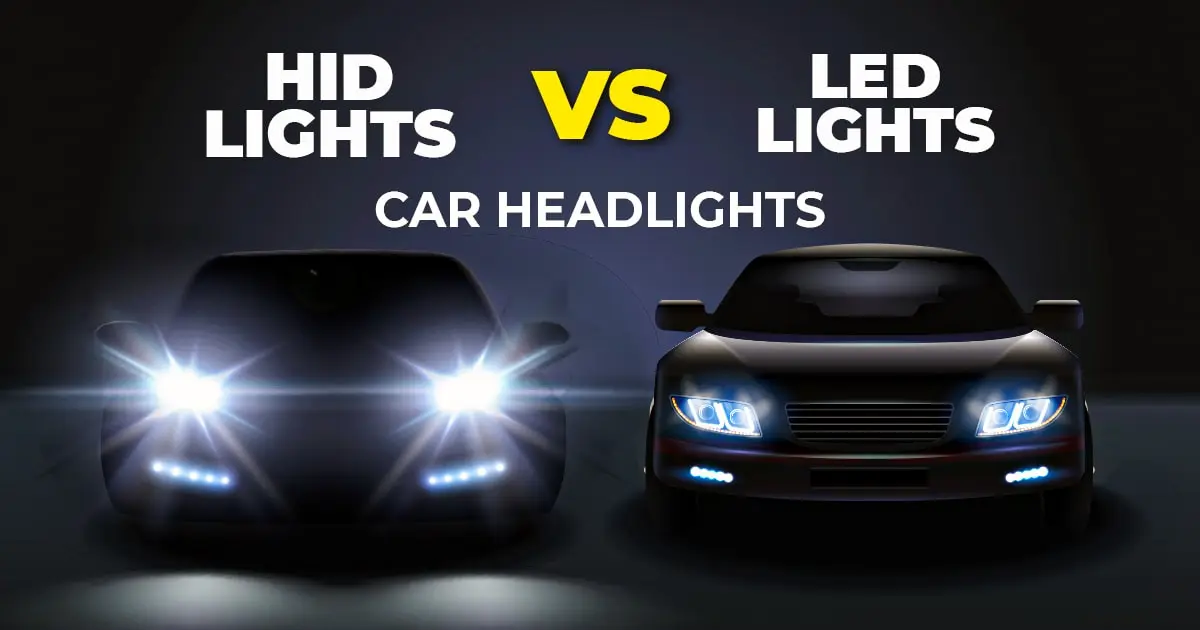
Discover the benefits of HID headlights for vehicles, including increased brightness, energy efficiency, and durability.
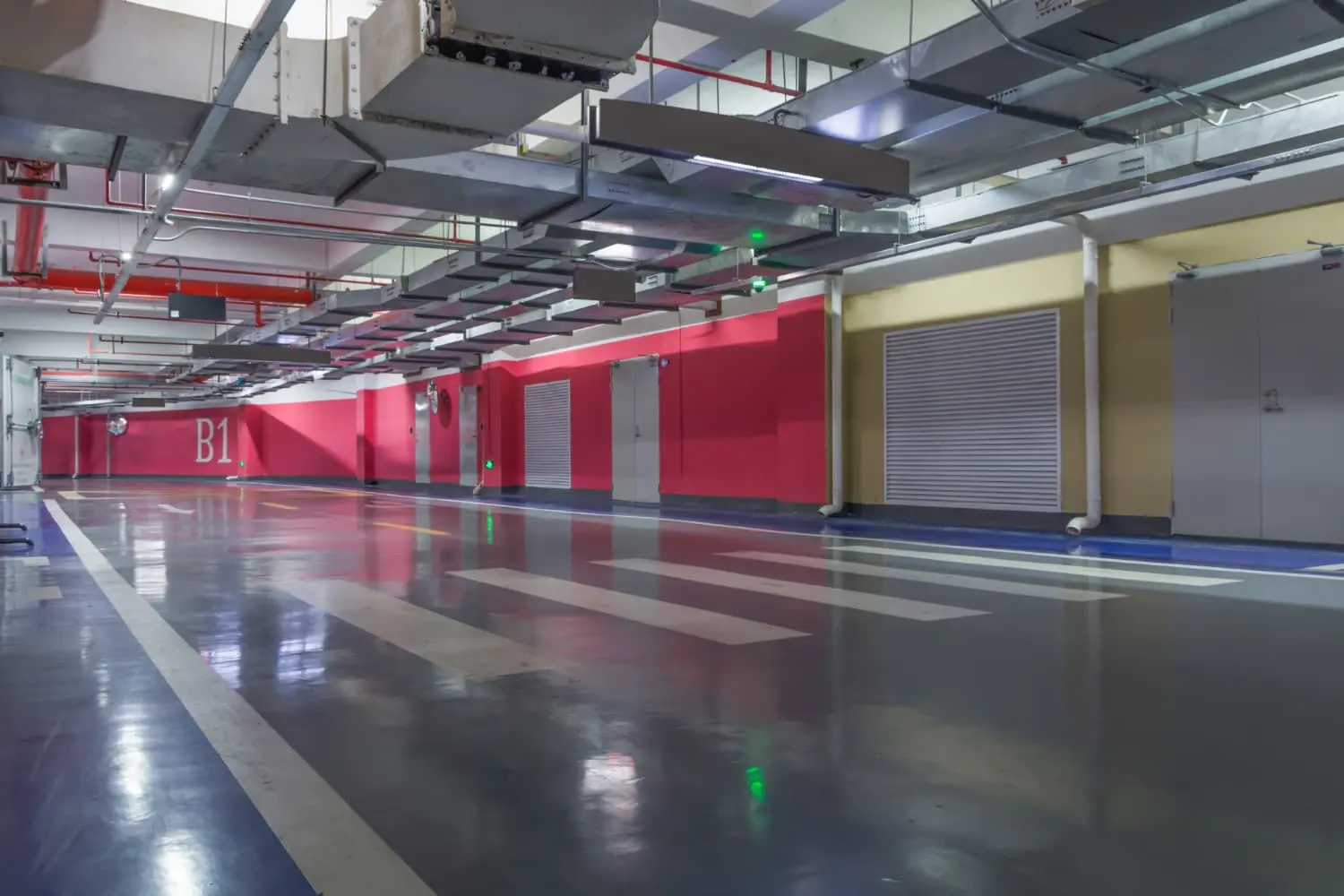
Discover the importance of selecting proper parking lot lighting for safety and aesthetics. Learn about energy-efficient options to enhance your
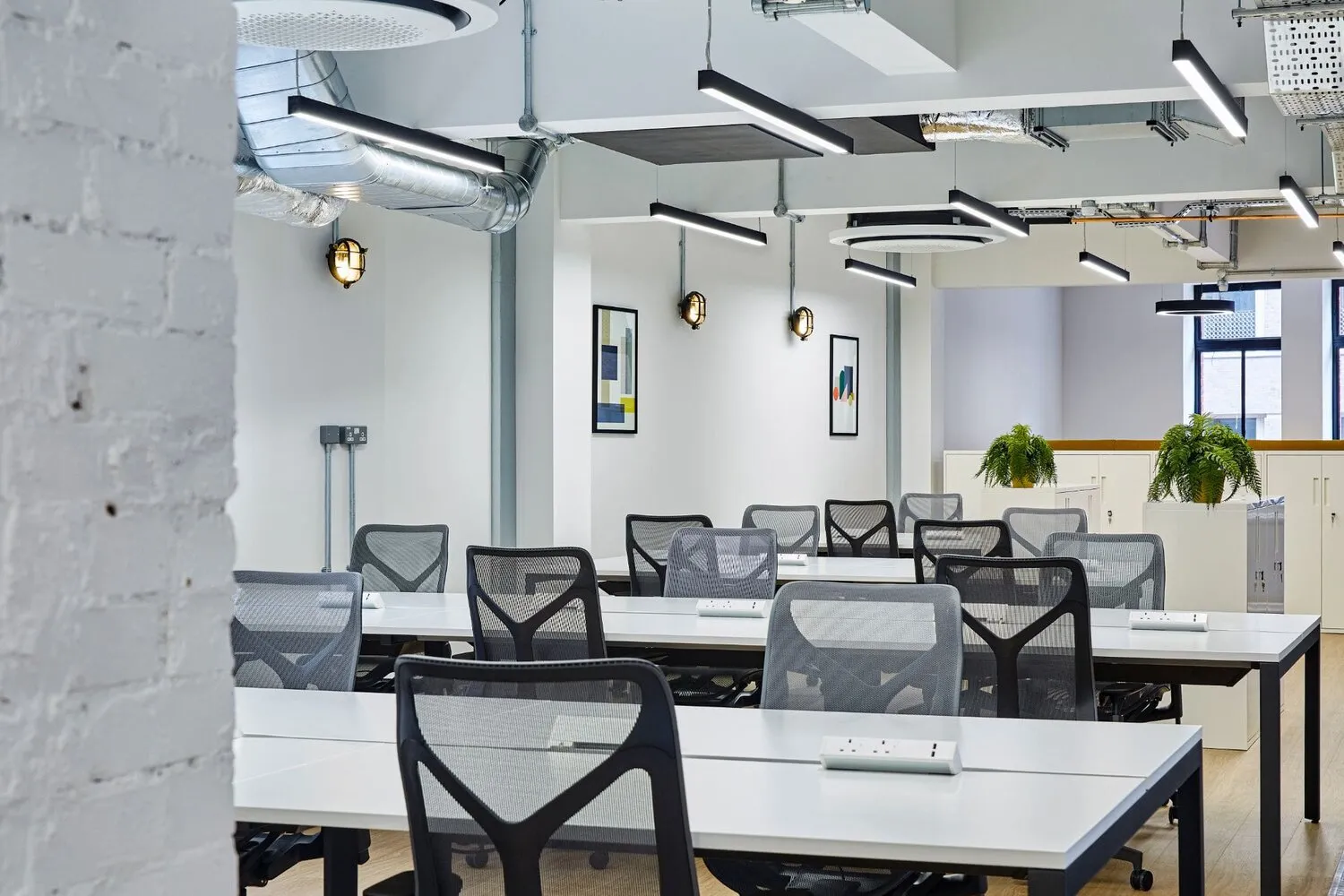
Discover top global office lighting manufacturers enhancing work environments with innovative, energy-efficient solutions for productivity and comfort.

Explore the essential certifications for LED lights that ensure safety, performance, and compliance in various global markets. Learn about UL,
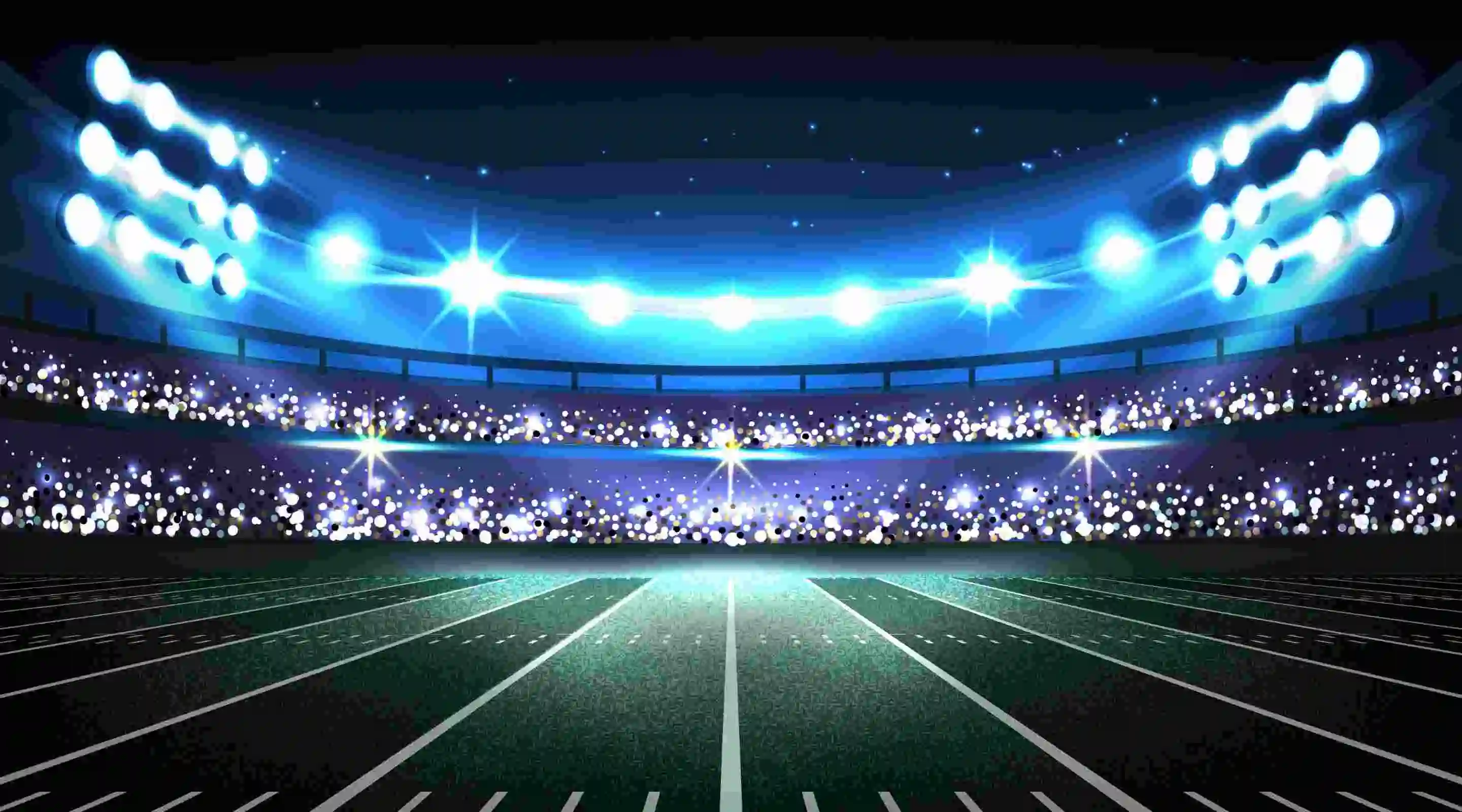
Explore top sports lighting manufacturers enhancing athletic performance and spectator experience with advanced, durable LED ways for various sports venues.
Sign up to get the latest product announcement and offer.
*We respect your confidentiality and all information are protected.


 | This LED Industry Research Report Is Worth 10,000 Dollars!Want to get reliable industry data to support your LED business planning? In this report, you will:
*Submit your email to download this file. Your personal info will not be shared to any 3rd-party person or organizations. |
WhatsApp us
*We respect your confidentiality and all information are protected.
